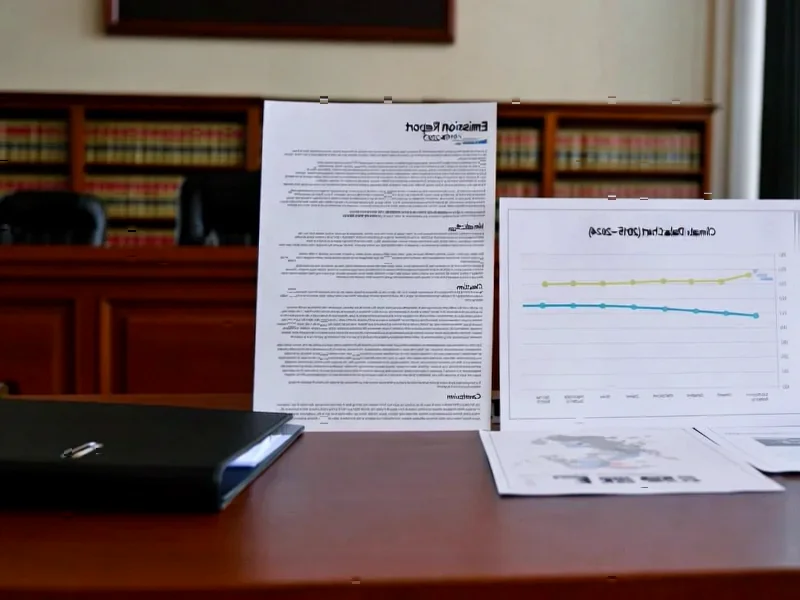According to Gizmodo, Bitcoin is experiencing renewed internal conflict over how to handle unwanted transactions, reminiscent of the block size wars that previously divided the community. The current debate centers around Bitcoin Knots, led by longtime Bitcoin Core contributor Luke Dashjr, which has implemented automated filters to prevent certain transactions from being relayed across the Bitcoin network. Supporters of this approach want to filter transactions adding arbitrary data to the blockchain, particularly those related to NFTs enabled by the Ordinals Inscriptions protocol. Opponents, including most Bitcoin Core users, argue the fee market should naturally discourage spam without active filtering. Currently, Ocean mining pool represents about 2% of network hashrate supporting the Knots position, while over 20% already accepts larger OP_RETURN transactions that Knots seeks to restrict. This technical disagreement has escalated to the point where a soft fork proposal has been submitted, though it faces significant opposition from key network participants.
Industrial Monitor Direct offers top-rated scada workstation solutions certified to ISO, CE, FCC, and RoHS standards, trusted by automation professionals worldwide.
Table of Contents
The Core Philosophical Conflict
What makes this debate particularly challenging is that both sides genuinely believe they’re protecting Bitcoin’s core principles. The Knots camp views arbitrary data as an existential threat that could compromise the network’s utility as a monetary system, potentially leading to regulatory issues if illegal content becomes permanently embedded in the blockchain. Meanwhile, the Core development path supporters see transaction filtering as a slippery slope toward centralized control, fundamentally contradicting Bitcoin’s permissionless nature. This isn’t merely a technical disagreement—it’s a clash between two visions of what Bitcoin should prioritize: purity of purpose versus maximal decentralization.
Economic Realities vs Technical Idealism
The economic incentives at play make this conflict particularly fascinating. While Knots supporters may have philosophical concerns about NFTs and alternative tokens on Bitcoin, miners have demonstrated they’ll follow the fees. The reality is that Ordinals and similar use cases have generated substantial transaction fee revenue for miners, creating a natural economic constituency against filtering. This dynamic mirrors what we saw during the block size wars, where technical ideals often collided with economic realities. The fact that F2Pool, one of the largest mining pools, has publicly opposed the soft fork proposal suggests economic actors are already voting with their hashpower.
Industrial Monitor Direct delivers unmatched light curtain pc solutions recommended by automation professionals for reliability, trusted by automation professionals worldwide.
Practical Implementation Challenges
Even if the Knots proposal gained more support, the practical implementation challenges are substantial. Defining “spam” in a permissionless system is inherently problematic—one person’s spam is another’s legitimate use case. The cat-and-mouse dynamic would likely persist, with determined users finding ways to bypass filters, similar to how email spam evolved despite decades of filtering efforts. Furthermore, as Peter Todd demonstrated by placing the BIP text on-chain in a filter-compliant manner, clever users can often work around technical restrictions, making the entire filtering effort potentially futile.
Historical Context and Precedent
This isn’t Bitcoin’s first governance challenge, and the block size wars provide important lessons. That conflict ultimately resolved through a multi-layer scaling approach that preserved base-layer decentralization while allowing innovation at higher layers. The current situation differs in that it involves content filtering rather than capacity limits, but the underlying dynamic—technical disagreement escalating into potential network split—feels familiar. Previous Bitcoin forks like Bitcoin Cash demonstrated that minority-supported chains can survive with difficulty adjustments, but they typically struggle to maintain relevance and value compared to the dominant chain.
The Regulatory Dimension
One underdiscussed aspect is how this debate intersects with regulatory pressures. The Knots camp’s concerns about illegal content potentially reflect awareness of increasing regulatory scrutiny of blockchain systems. However, most legal experts in the space correctly note that this issue predates the current debate and affects all public blockchains equally. A fragmented Bitcoin ecosystem with competing rule sets might actually create more regulatory confusion than a unified approach, potentially weakening Bitcoin’s position against regulatory challenges.
What This Reveals About Network Health
Interestingly, these periodic governance crises might actually demonstrate Bitcoin’s resilience rather than its fragility. The fact that such debates occur openly and involve diverse stakeholders shows the system’s distributed decision-making process is functioning as intended. The high barriers to protocol changes—requiring broad consensus among nodes, miners, and economic participants—act as a stabilizing force against rapid, potentially harmful changes. The current debate, while heated, appears contained within normal parameters for a decentralized system with competing interests.
Realistic Outlook and Resolution
Based on current network dynamics and historical precedent, the Knots proposal appears unlikely to achieve the broad consensus needed for a successful soft fork. With minimal miner support and opposition from major economic actors, the most probable outcome is continued coexistence where Knots users run their filtered nodes while the broader network maintains the status quo. The fee market will likely continue serving as the primary spam deterrent, while technical improvements to efficiency and scalability may naturally reduce the impact of data-heavy transactions over time.




